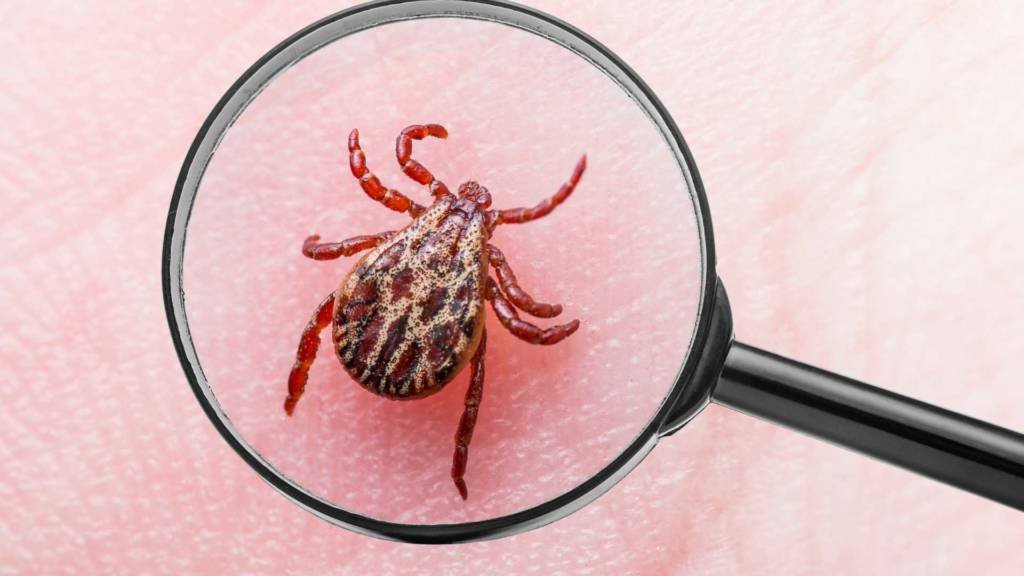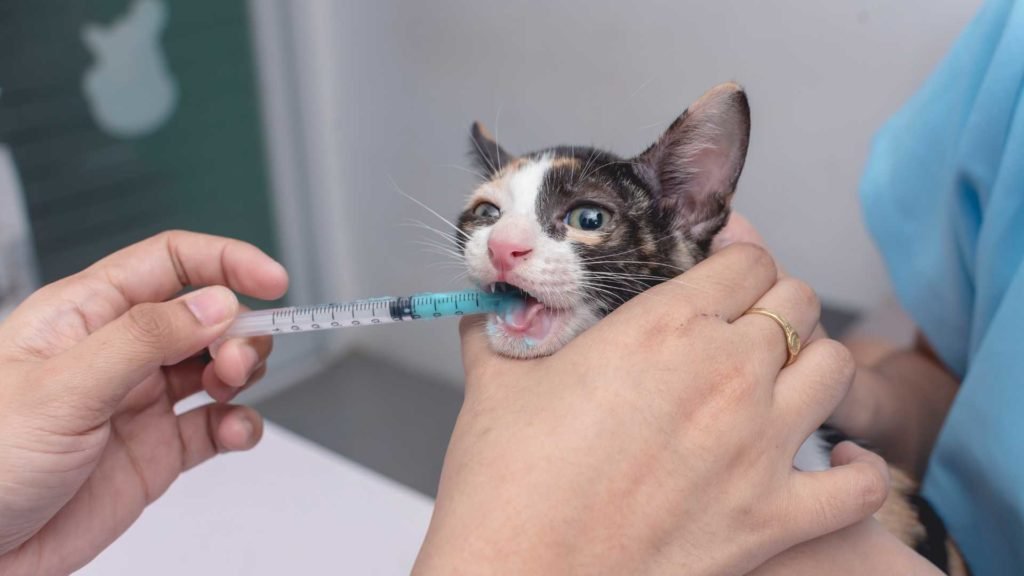
Home » The Lifecycle Of Dog Parasites: What Every Owner Should Know
If one day your usually bouncy canine doesn’t feel like going out for a walk or eating their meal, there are several factors to blame. Most of the time, it can be attributed to parasites wreaking all sorts of havoc inside them or beneath their fur.
As an owner, you wouldn’t want to delay or skimp on treatment, especially when pathogens can grow more resistant to modern drugs. Veterinary medicine experts at the University of Calgary recently discovered after recording the first instance of hookworms being resistant to benzimidazole, a common treatment against parasitic worms.
In typical scenarios, unabated parasitic growth can lead to stunted development and other health complications among dogs. These cases rarely become fatal, but it’s a risk no compassionate dog parent wants to take. And once you learn how these creatures propagate, you can better understand why taking quick action is a matter of life and death for your furry friend.
Dog parasites are classified as either external or internal. Both have their respective methods of multiplying and leeching off the host’s vitality, which is why it pays to understand what kind is making your dog ill.
Parasites in dogs skin or fur are external, namely fleas, lice, mites, and ticks. They use their sharp hooks to inject saliva that contains compounds that force some blood to pool close to their hooks for easy feeding. After mating with a male, their female counterparts lay eggs, eventually hatching into dozens of larvae that’ll feed on your dog’s blood some more.
Some species of external parasites stay with the same canine host throughout their life cycle, while others jump to other hosts at every stage. Contrary to popular belief, they can’t fly or jump but latch onto a dog when passing through long grass or dense vegetation. In this case, a dog can catch fleas or ticks without leaving the house. so, it is always great to wash your dog with this Anti-Tick Shampoo by Moe Puppy.

Additionally, these parasites carry disease-causing pathogens, transferring them while feeding. The illness depends on the species, but common examples include:
Each disease has different symptoms, but you can detect an external parasite infestation early on with just one—and that’s vigorous, frequent scratching. Parasitic bites can be as itchy to canines as to their human companions. Itches that result in fur loss or even bleeding are signs warranting an immediate trip to the vet.
On the other hand, internal parasites inhabit a dog’s vital organs, namely the heart and intestines. A dog can pick them up from eating stuff they shouldn’t, such as disease-carrying animals or their faecal matter. Another scenario is that they’re born with the parasite when the mother passes it to her litter before giving birth.
Worms are the most prevalent type of internal parasites, which include hookworms, tapeworms, roundworms, and whipworms. Despite their name, ringworms are more of a type of fungus than a worm. Other non-worm internal parasites include coccidia, giardia, and spirochetes.
After ingesting contaminated matter, these parasites travel along the bloodstream to their target organ. Their hardiness ensures survival amid changes in their environment, whether inside the host or outdoors, unless treated. Some of them, including their eggs, will be expelled with the dog’s faeces, which can serve as a new infection vector for them or a different canine.

As these microorganisms also infect humans in a similar capacity, dog owners can be as much at risk of the following symptoms as their furry friends:
Detecting an internal parasitic infestation is much harder than an external one, as most of these symptoms aren’t limited to such cases. The most viable at-home method is to observe the dog’s faeces for visible worms, but this won’t work on non-worms.
Vet clinics are equipped with testing tools and techniques for detecting parasitic infections. One typical test involves submerging a faecal sample into a special solution that forces parasites and their eggs to float on top. Meanwhile, blood tests are used for detecting non-worms.
The best time to schedule a vet appointment is when you decide to own a dog, regardless of the breed and where you got them. There’s no telling the circumstances behind the puppy’s birth or lifestyle before being adopted without thorough testing.

Even without testing, owners should get their dogs dewormed as early as possible, especially newborn pups. Dewormers like fenbendazole, pyrantel, and praziquantel work by killing or paralysing the worms while inside, eventually dissolving or being excreted dead. These drugs take effect in a few hours but might take days or weeks to purge all parasites from the system.
If you often take your dog on lengthy walks, it pays to pay attention to the things they interact with. It isn’t unusual for them to sniff other dogs’ rears or their faeces, for that matter, so be prepared to restrain them. Upon returning home, you can clean your dog with pet wipes to remove any potential parasites or contaminants.
Moreover, being mindful of the dog’s regular diet is important. While dogs can consume raw meat, veterinary experts recommend against it due to the plethora of pathogens they harbour, such as salmonella, E. coli, and parasitic worms. Instead, mix dry and wet food to provide the most nutritional value.
Unless the cycle is broken, dog parasites will continue proliferating and find more canines to infect. Don’t wait for the symptoms to manifest by taking the necessary precautions in caring. Moreover, schedule regular visits with your vet to ensure they outlast any parasite.



